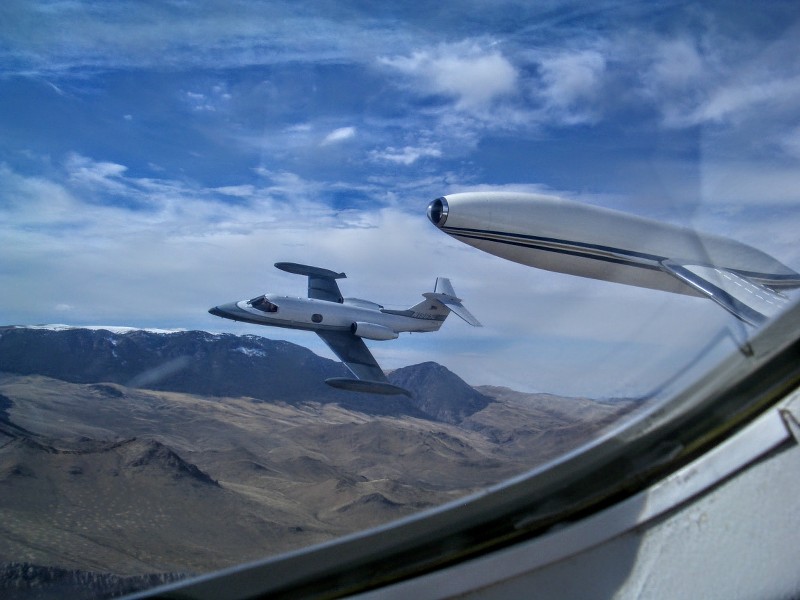tobnpr
Pre-Flight
Taking lessons in a PA-28-180.
In the first pre-flight briefing, my CFI told me that I should rotate at 80 mph. When I questioned why- when Vr is 60 mph- he told me that the plane is "happier" rotating at 80, but no problem rotating at 60 if that's what I wanted to do.
At 80, it took very light backpressure on the yoke to rotate and get airborne ("happy")- definitely no "forcing" the aircraft to stay on the runway prior to reaching 80. Assuming adequate runway (which we have), anyone disagree with this, and if so, why?
In the first pre-flight briefing, my CFI told me that I should rotate at 80 mph. When I questioned why- when Vr is 60 mph- he told me that the plane is "happier" rotating at 80, but no problem rotating at 60 if that's what I wanted to do.
At 80, it took very light backpressure on the yoke to rotate and get airborne ("happy")- definitely no "forcing" the aircraft to stay on the runway prior to reaching 80. Assuming adequate runway (which we have), anyone disagree with this, and if so, why?


